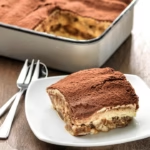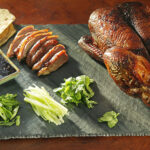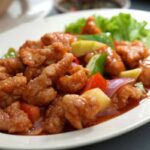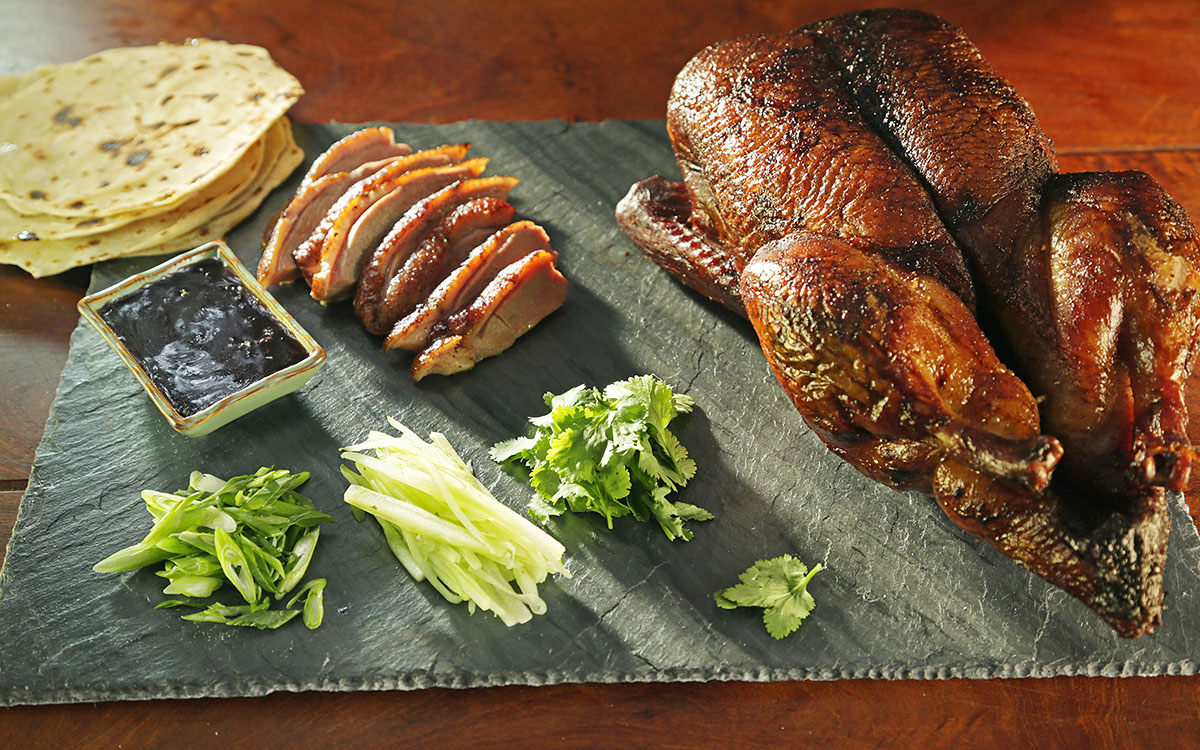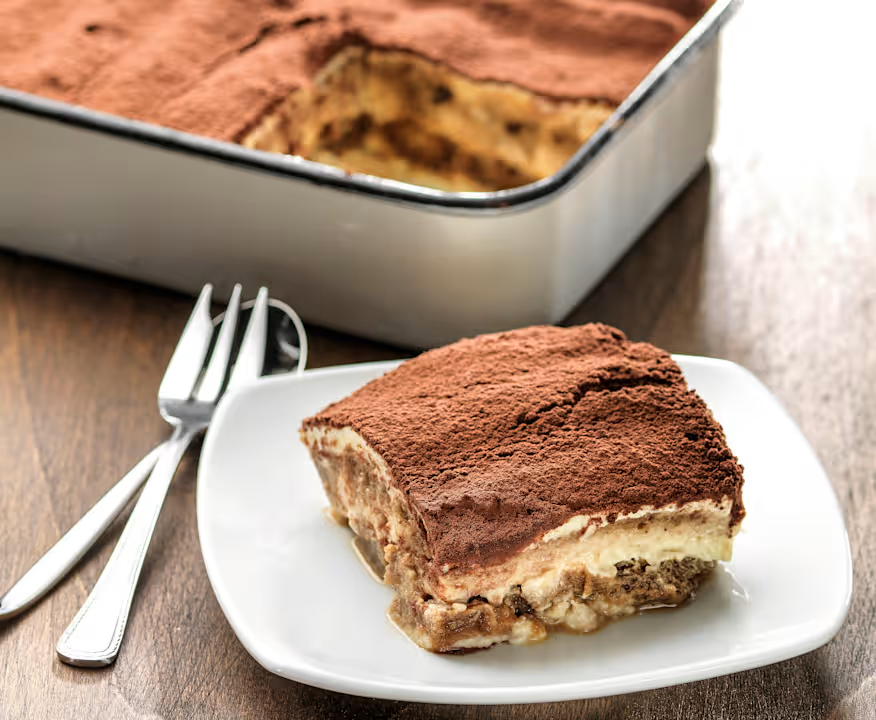Tea-Smoked Duck – The Fragrant Gem of Sichuan Cuisine
Introduction
Tea-Smoked Duck (樟茶鸭 / Zhāng chá yā) is perhaps one of the most sophisticated and renowned Sichuan dishes. Renowned for its crispy skin, juicy flesh, and sweet smoke, this dish is the epitome of balance between the older traditional Chinese cooking methods and pungent Sichuan flavors. The process includes marinating an entire duck with seasonings, steaming it to make it tender, and then smoking it with a special combination of tea leaves, camphor wood, and sugar. The end result is a work of art that is an exquisite combination of savory, smoky, and slightly sweet flavors.
In contrast to other Chinese popular dishes of roast duck like Peking Duck, where there is a priority on crispiness and sweet hoisin sauce, Tea-Smoked Duck highlights aromatic depth and fragrance, so it is a legendary banquet dish.
Origins and History
The history of Tea-Smoked Duck goes back to Sichuan Province, specifically Chengdu and Leshan. Sichuan cuisine evolved traditionally based on robust flavors to match the rainy and humid weather of the province. Smoking food not only improved preservation but also created complexity of flavor.
Camphor trees were widespread in Sichuan, and their timber became a vital smoking medium. Blended with tea leaves, a common item found in Chinese tables, the cooking process emitted a unique scent unlike other foods. Tea-Smoked Duck was already a renowned dish by the Ming and Qing dynasties, served during imperial feasts and local celebrations. It is a cultural icon of Sichuan cuisine today.
Key Ingredients
Duck – A whole duck, weighing usually 2–3 kg, is employed. The duck should be fresh with a good layer of fat beneath the skin.
Marinade – Sichuan peppercorns, ginger, garlic, salt, soy sauce, Shaoxing wine, star anise, cinnamon, and clove.
Smoking Mix – Tea leaves (jasmine or green tea), camphor wood chips, sugar, and rice husks.
Extra Seasonings – Honey or maltose may occasionally be brushed onto the skin to add crispness and color.
Cooking Method
Preparation of Tea-Smoked Duck is a complex, time-consuming operation needing patience and technique:
Marination – Salt, Shaoxing wine, and spices rub the duck, which is left to marinate several hours or overnight. Deep penetration of flavors is ensured.
Steaming/Boiling – Marinated duck is steamed or parboiled until tender but cooked through. Excess fat is also removed during this step.
Smoking – Duck is put into a smoking room with tea leaves, camphor wood, rice husks, and sugar. When the mixture is set alight, it emits a fragrant, sweet-smoky scent that pervades the meat.
Final Crisping – In certain versions, the duck is quickly roasted or deep-fried to give the skin a crispy finish before serving.
The result: crispy duck skin that’s golden brown, smoky-tea-scented meat, and a spiciness, smokiness, sweetness, and savory flavor all at the same time.
Flavor Profile
Tea-Smoked Duck is prized for its multi-layered flavor:
Smoky – From the tea and camphor wood.
Savory & Umami – From soy sauce and Shaoxing wine.
Aromatic – Sichuan peppercorns, star anise, cinnamon, and cloves.
Slightly Sweet – From sugar and caramelized glaze.
Each bite offers a complex yet harmonious experience, showing Sichuan’s expertise in strong flavors.
Regional and Global Variations
Traditional Sichuan Version – Utilizes camphor wood and jasmine tea for smoking.
Modern Restaurant Style – Occasionally substitutes camphor wood with fruitwood (such as applewood) for a lighter aroma. Overseas Adaptations – Green tea or black tea are used by some chefs if jasmine is unavailable, and even honey glaze at times for a Western palate. Fusion Versions – Tea-Smoked Duck in fine dining can be served sliced with sauces, salads, or even pasta, combining East and West.
Cultural Significance
Banquet Dish – Traditionally served during weddings, festivals, and other significant gatherings in Sichuan. Symbol of Expertise – Preparing Tea-Smoked Duck takes skill in marinating, steaming, and smoking—demonstrating a chef’s expertise. Regional Symbolism – Just as Peking Duck is a symbol of Beijing cuisine, Tea-Smoked Duck is a food icon of Sichuan.
Nutritional Considerations
Duck meat is rich in protein, iron, and vitamin B. It is, however, richer in fat than chicken. Smoking balances out the greasiness while increasing flavor, making it rich but not heavy.
Healthier versions can include:
Utilizing leaner duck cuts.
Air-frying rather than deep-frying.
Lowering salt and sugar in the marinade.
Tea-Smoked Duck vs. Peking Duck
Feature Tea-Smoked Duck Peking Duck
Origin Sichuan Beijing
Cooking Marinate → Steam → Smoke → Crisp Air-dried → Roasted in wood-fired oven
Flavor Smoky, spicy, aromatic Crispy, sweet, savory
Serving Style Served whole or in slices Served with pancakes, hoisin sauce, scallions
Although Peking Duck is renowned worldwide, Tea-Smoked Duck is respected for its richness in aroma and depth.
Tea-Smoked Duck in Modern Cuisine
Tea-Smoked Duck is no longer exclusive to Sichuan today. The world’s restaurants serve innovative versions:
Fine dining restaurants match it with wine reductions or fruit sauces.
Chinese street vendors sell small portions of smoked duck as grab-bite snacks.
Health-conscious home cooks modify the recipe with ovens and smokers in place of classic camphor wood smoking.
Why It Lasts
Distinctive Flavor – It’s impossible to find another dish that blends tea, wood smoke, and spices in such a manner.
Cultural Symbolism – A proud Sichuan heritage dish.
Versatility – Suitable for banquets, fine dining, and even home kitchens.
Sensory Experience – Aroma, flavor, and presentation all engage diners.
Conclusion
Tea-Smoked Duck is a dish and an art form that combines marination, steaming, smoking, and crisping into one beautiful work. A symbol of Sichuan’s culinary greatness, it is still a dish of prestige, celebration, and cultural glory. The hint of smokiness that lingers on the palate and in memory makes it one of China’s greatest culinary works of art.
From Sichuan nobles’ lavish banquets to contemporary global dining tables, Tea-Smoked Duck remains the epitome of Chinese elegance timeless.




